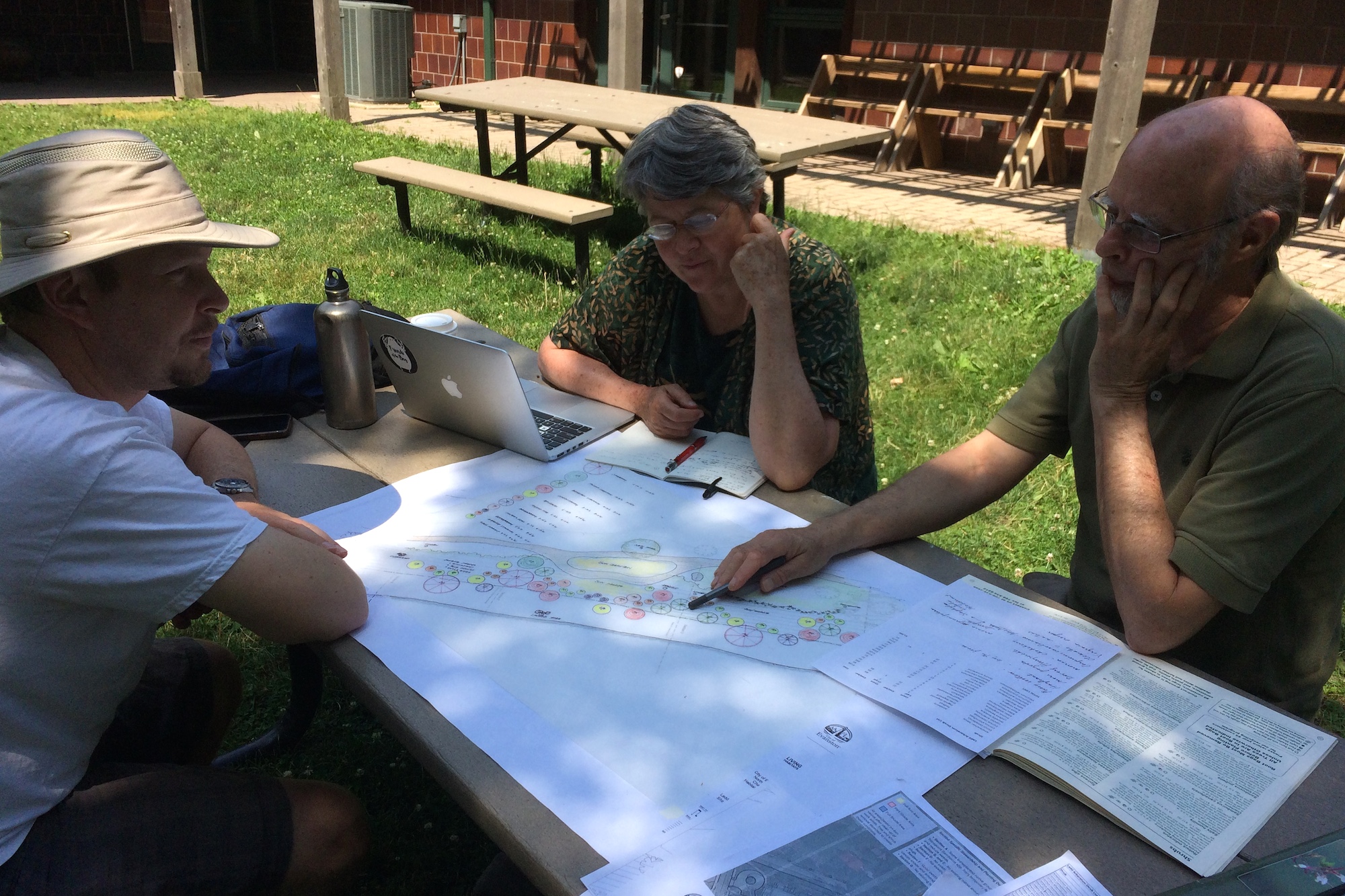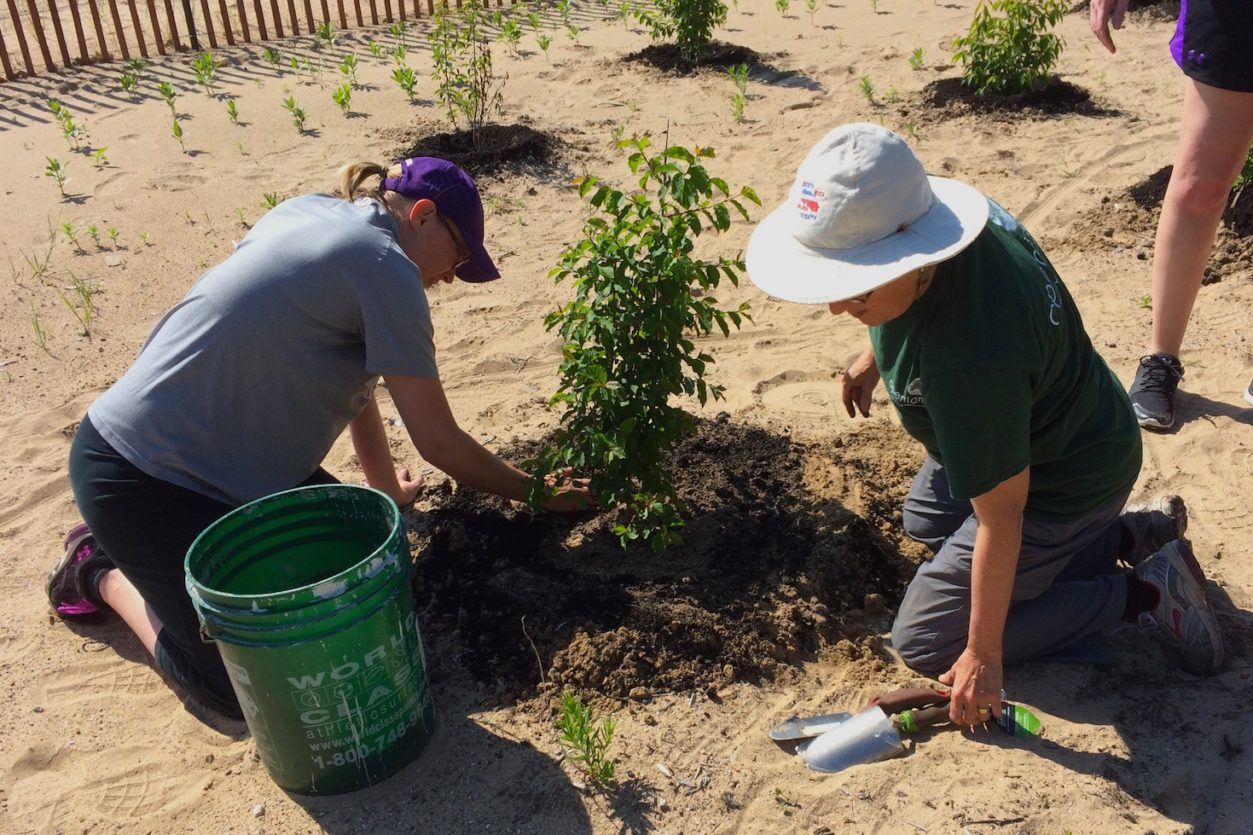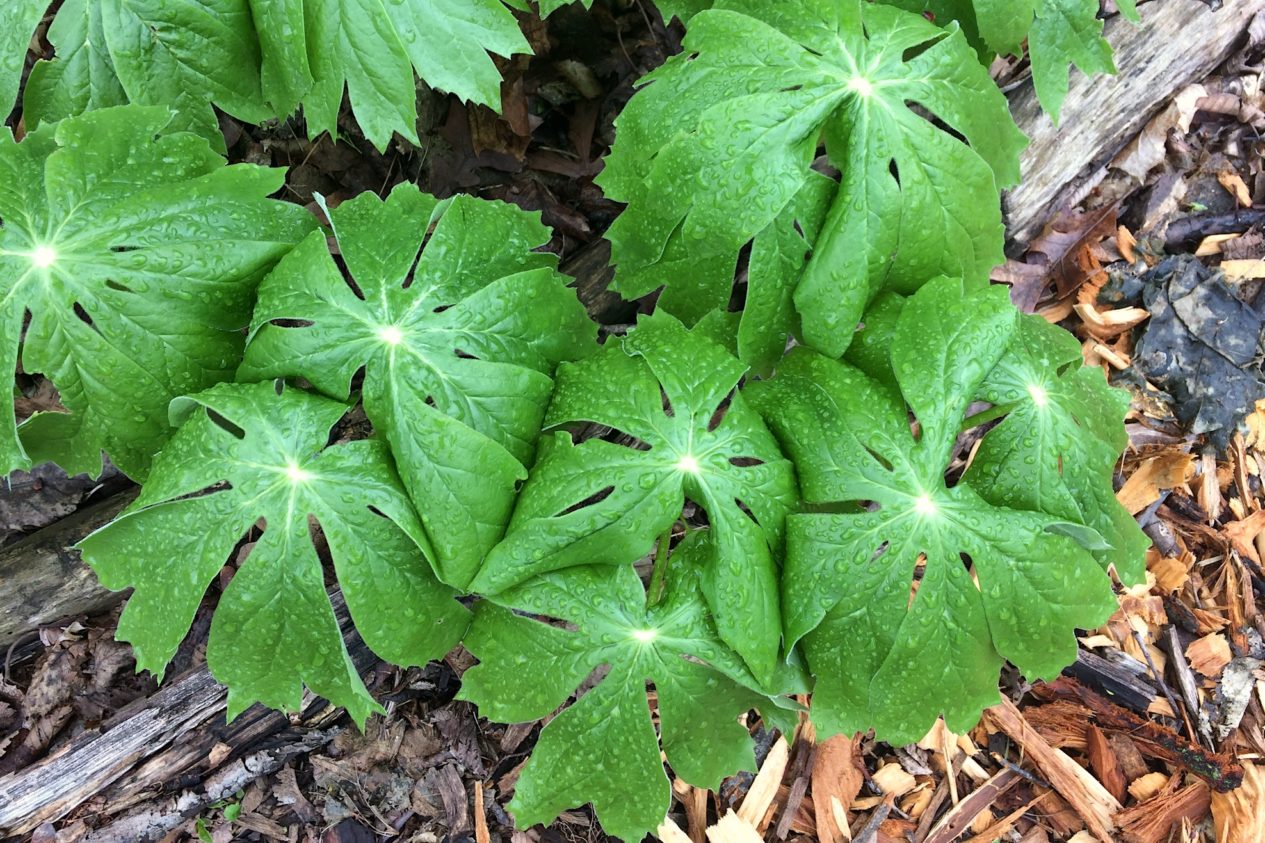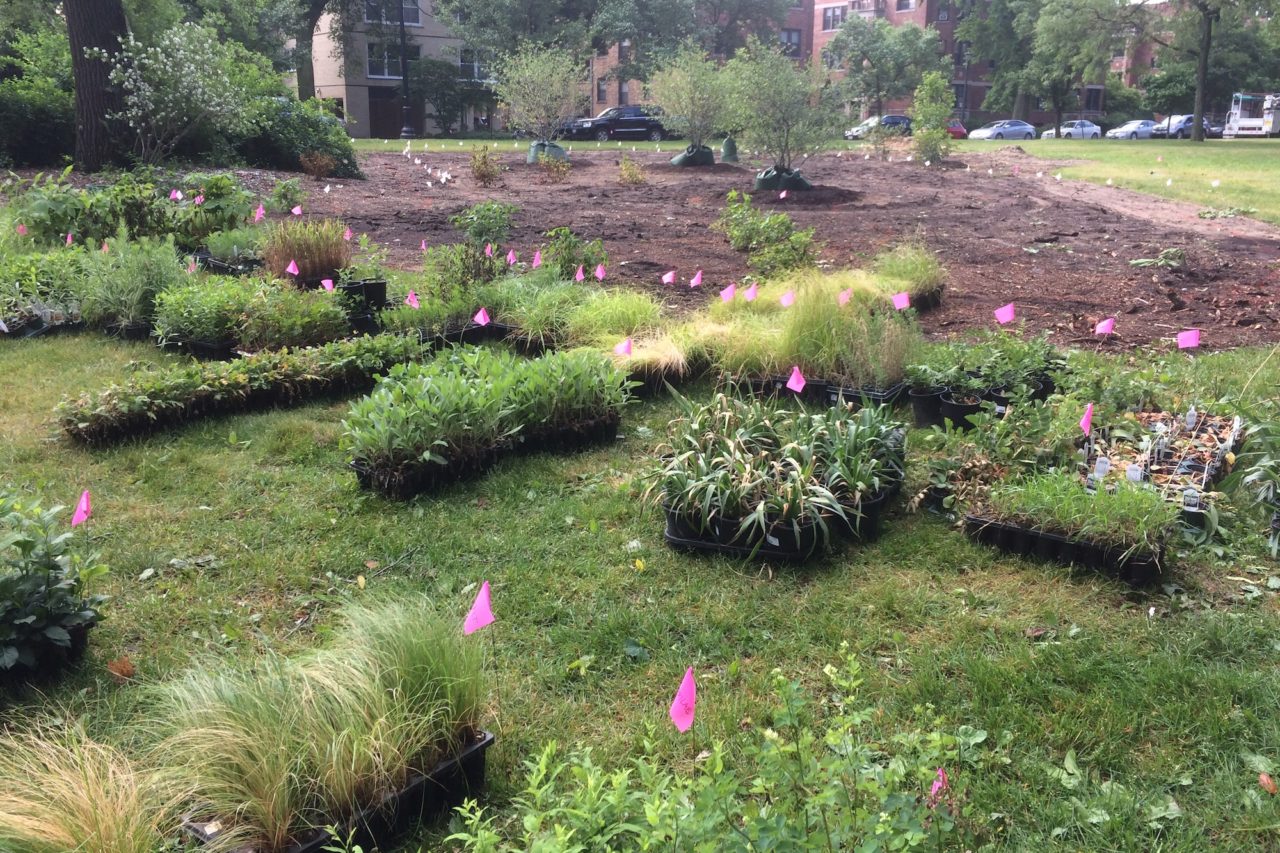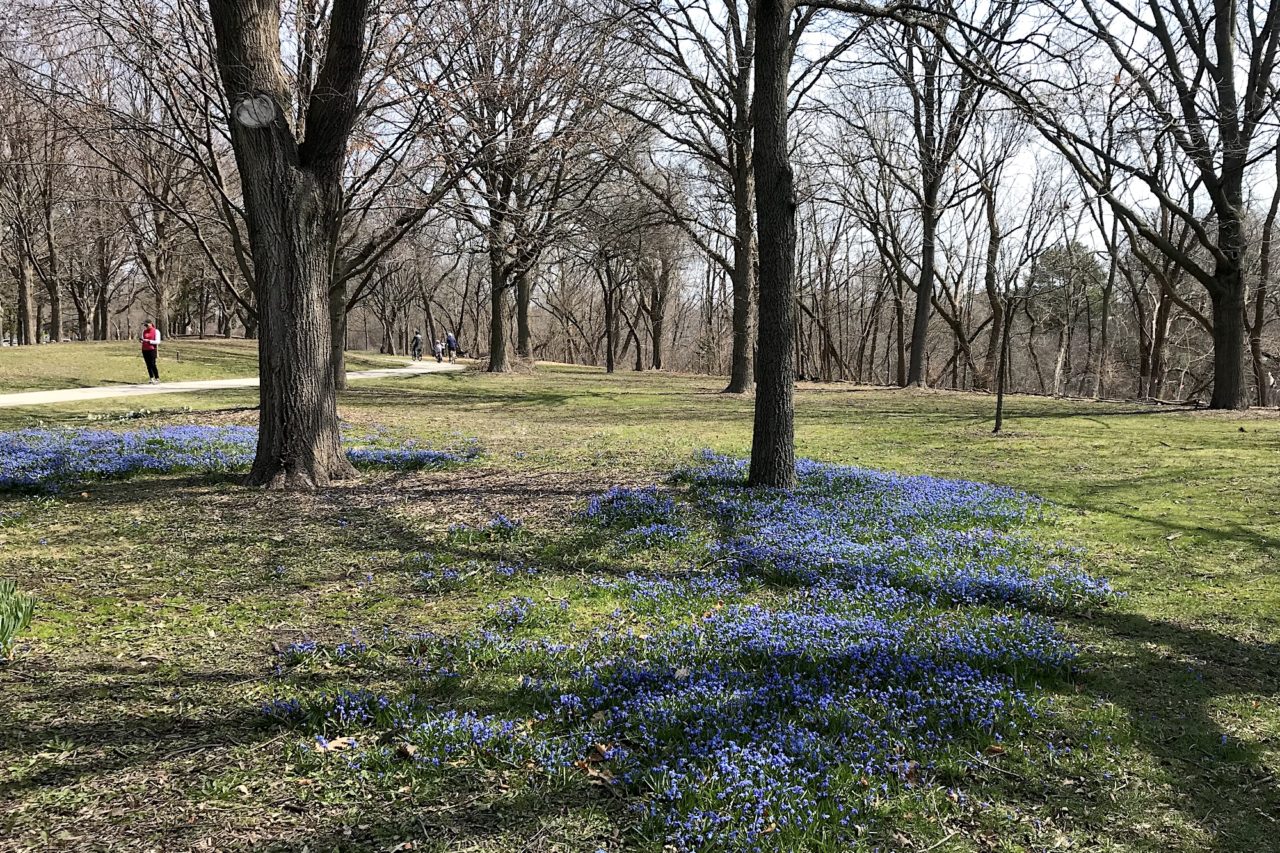We’ve begun sourcing trees and shrubs for fall planting in the Ladd Arboretum as well as areas of Twiggs and Harbert Parks. The order list is based on planning by arboretum stewards, working together with bird conservation expert Judy Pollock and a master plant list for the channel-side sites developed by Living Habitats.
The overall project work area in the arboretum is divided into seven main sections running northeast between the crushed stone path and the channel from Bridge Street to just beyond the existing Grady Bird Sanctuary. Depending on how many healthy canopy trees will remain once more clearing is completed, each section is characterized as shade, part-shade, or full sun. This year, we are working mainly in the middle three sections—part shade on the two ends, full sun in the middle. Woody plants establish a basic structure for each section and, as they grow, will create inviting pools of shade along the path. Juneberry (Amelanchier laevis), pagoda dogwood (Cornus alternifolia), blackhaw viburnum (Viburnum prunifolium), and American hornbeam, or blue beech (Carpinus caroliniana), and chokecherry (Prunus virginiana) are among the larger plants that will go into this area. A lower level of shrubs will include spicebush (Lindera benzoin), black and red chokeberries (Aronia melanocarpa and A. arbutifolia), and hazelnuts (Corylus americana), among others. As we establish this structure, we also are moving on to plans for the herbaceous layer, which will come from a combination of seeds sown this fall and plugs planted next spring.
In the photo, architect Greg Williams, one of the arboretum stewards, discusses plans with Judy and another steward, Brad Frederick. A catalog from Possibility Place, one of the growers of local native trees and shrubs, is a useful resource. Stop by the Ecology Center to see the plan.
— Wendy Pollock
